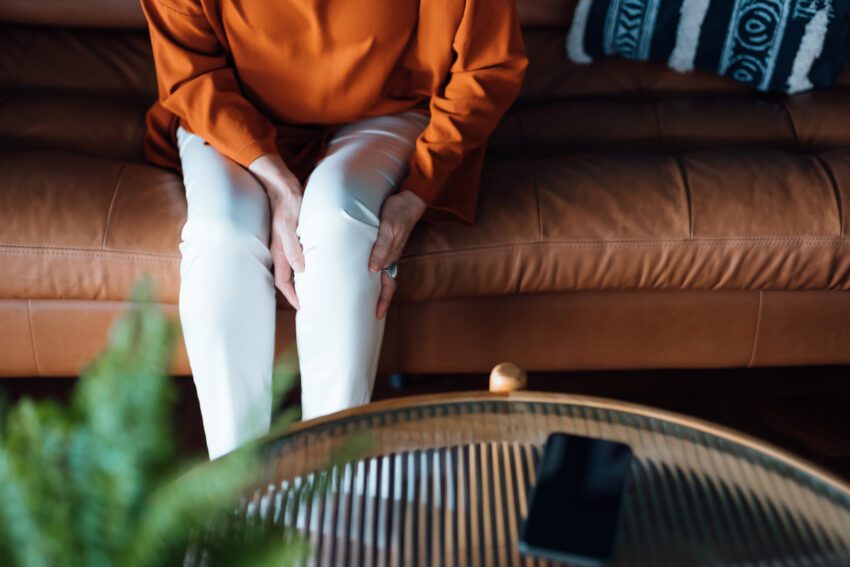Leg pain is discomfort or pain in one or both legs. It can range from a dull ache to sharp, shooting pain. Leg pain can be caused by various factors, including issues with the spine, muscles, nerves, or blood vessels.
Common Causes
- Muscle strain: Overuse or injury to the muscles.
- Sciatica: Pain caused by pressure on the sciatic nerve, which runs from the lower back down the legs.
- Herniated disc: When a disc in the spine bulges or expands out and presses on a nerve.
- Lumbar spinal stenosis: Narrowing of the spaces in the spine, putting pressure on the nerves.
- Poor circulation: Reduced blood flow to the legs can cause pain.
Symptoms
- Dull, aching pain or sharp, shooting pain in the leg.
- Numbness or tingling in the leg or foot.
- Weakness in the leg muscles.
- Pain that worsens with activity and improves with rest.
- Swelling or redness in the leg.
Diagnostic Tests
- Medical history: Discussing your symptoms and possible causes with your doctor.
- Physical exam: The doctor checks for pain, range of motion, muscle strength, reflexes, and pulses.
- X-rays: Pictures of the spine and leg bones to see bone alignment and any damage.
- MRI or CT scan: Detailed images of the spine and leg to check for issues with the discs, nerves, and other tissues.
- Blood tests: To check for other medical conditions.
- Nerve conduction studies: To see how well electrical impulses are traveling through the nerves.
- Electromyography (EMG): Tests the electrical activity of muscles to see how well the nerves are working.
First-Line Treatment Options
- Medications: Over-the-counter pain relievers or prescription medications to reduce pain and inflammation.
- Physical therapy: Exercises to strengthen leg muscles and improve flexibility.
- Injections: Steroid injections to reduce inflammation and pain.
- Heat and ice therapy: Applying heat to relax muscles and ice to reduce pain and swelling.
- Massage therapy: To relax tight muscles and improve blood flow.
Common Conditions That Can Cause Similar Symptoms
- Peripheral artery disease: Reduced blood flow to the legs.
- Deep vein thrombosis: A blood clot in a deep vein, usually in the leg.
When to See the Doctor
- If you have persistent leg pain that doesn’t get better with rest.
- If you experience numbness, tingling, or weakness in your legs.
- If the pain interferes with your daily activities or sleep.
- If you notice swelling, redness, or warmth in the leg.
- If you have difficulty walking or standing for long periods.
What to Ask the Doctor
- What is causing my leg pain?
- What treatment options are available?
- How long will it take to recover?
- Are there specific exercises I should do or avoid?
- What can I do to prevent leg pain in the future?
Home Remedies for Mild Symptoms
- Rest: Avoid activities that worsen the pain and give your leg time to heal.
- Heat therapy: Applying heat can relax tight muscles.
- Ice therapy: Applying ice can reduce pain and swelling.
- Gentle stretching: Stretching can help relieve muscle tension and improve flexibility.
- Compression: Using compression socks or wraps can help reduce swelling.
Understanding leg pain can help you know when to seek medical advice and what questions to ask your doctor. Early detection and treatment can help diagnose and manage the underlying condition and improve your quality of life.



